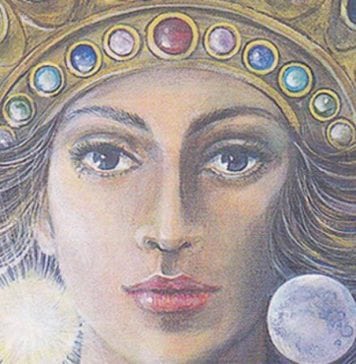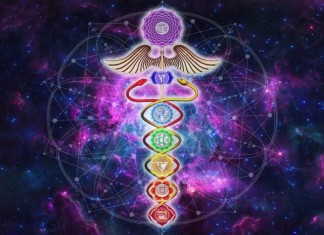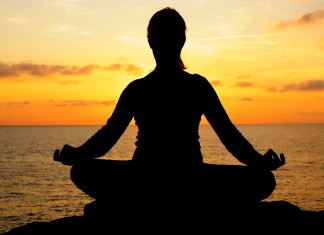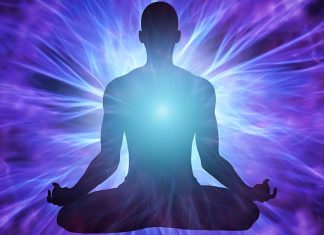Meditation is a broad term that defines a number of practices and techniques that are used to promote relaxation, increase internal energy, and develop a positive mindset with a focus on things like love, patience, and forgiveness. In all its forms, meditation has been practiced since antiquity whether in the form of a religious exercise or simply as a mindfulness and wellness practice. It’s purpose is to allow the person to self-regulate their body in order to help control the damage negative energy and experiences cause by counter them with moments of peacefulness and mindfulness that help to boost positivity.
What’s Meditation Used For?

Type of Meditation
There are a number of different types of meditation, though they fall into one of three general categories: focused attention, open monitoring, and effortless presence.
- Focused attention meditation is a type of meditation where you focus your attention on a single thing, an object, a mantra, a vision, etc., so that your attention doesn’t wander and ruin the meditation.
- Open monitoring meditation does the opposite of focused attention. Instead of trying to prevent the flow of outside thoughts, you allow them to come and go as they please, without judgment or attachment.
- Effortless presence is a combination of the two. It’s not focused, but neither is it allowing for thoughts. It is simply reducing the self to a state of emptiness.
Besides the three main categories, there are a number of more specific types of meditation. Zen meditation is known as seated meditation and can be done as either focused or open meditation. Vipassana is a Buddhist form of meditation and is a focused form of meditation. Mindfulness meditation is a variation of Vipassana meditation. Metta meditation is a meditation whose purpose to boost positive emotions and compassion. Hindu meditation uses a mantra to focus the attention so that you can meditate. Transcendental meditations one of the most popular forms of meditation and can only be learned by paying an instructor. There are also many different types of yogic meditation: third eye, chakra, gazing, kundalini, kirya, sound, tantra, and pranayama.
Each of the different types of meditation have different postures and positions that are used in order to enhance the benefits of the meditation and to help you achieve the meditation more easily. Yoga is a perfect example of why this is the case. When you watch someone do yoga, you don’t think that it is an actual form of exercise. The poses flow easily from one to the next, none of them seeming particularly strenuous. However, when you begin to do yoga yourself you realize that it does, in fact, increase the heartbeat, that at the end of a series of poses your muscles burn with the same ache as if you’d walked a mile or lifted weights. Certain poses required you to breathe differently in order to do them properly and receive the same benefits. Meditation is much the same. While on the surface, all meditation may look like a bunch of people sitting around with their eyes closed doing nothing, nothing could be further from the truth. Each meditation pose, much like the poses in yoga, helps to ease the mind and body towards the area of thoughtfulness you are trying to achieve.












